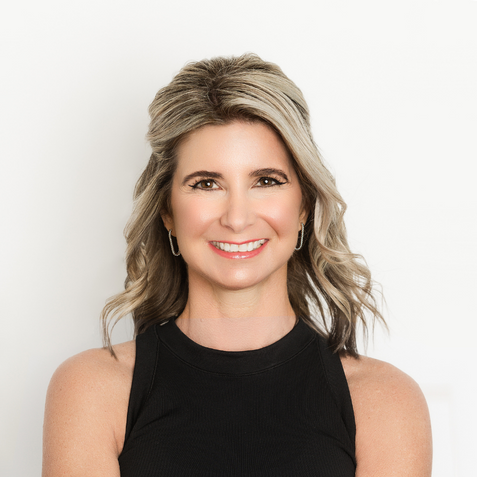Have you been interested in yoga but haven’t known where to start?
The roots of this practice are quite impressive - it can be traced to northern India over 5,000 years ago! From 2010 to 2021, the number of Americans practicing yoga increased by 64%. Yoga’s growing popularity is backed by research demonstrating numerous health improvements. This is due to yoga’s profound effect on connecting the mind and body. Yoga consists of poses, movements, stretches, breathing, and meditation (not all at once)! The best part? Yoga is adaptive which means everybody can participate.
Benefits of Yoga
The practice of yoga has been shown to benefit the human body in many ways. Here are 10 potential benefits you may experience:
- Lowered heart rate, blood pressure, blood cholesterol, and blood glucose levels
- Increased flexibility and better posture
- Regulated gastrointestinal function
- Better sleep
- Elevated mood
- Increased concentration
- Stress reduction
- Decreased anxiety and depression
- Improved balance to decrease fall risk
- Smoking cessation
Getting Started
Any time of the day is good for yoga – first thing in the morning, as a mid-day recharge, or to relax at the close of the day. It can be done in the comfort of your home, or many gyms have yoga-type classes. When getting started, it’s important to listen to your body because yoga should promote relaxation and not pain. The practice of yoga is meant to be an adjunct to your exercise routine of cardiovascular conditioning, strength training, and flexibility.
Before starting any type of exercise program, it’s always a good idea to consult with your doctor or other healthcare professional. This is especially true if you have not exercised in a long time, are over the age of 65, or have serious health conditions. Before class, talk to the instructor about your concerns, health condition(s), and any limitations. If you are new to yoga, here are some tips to get started:
- Start with a beginner’s level class to develop a foundation of the moves, terminology, etc. When you’re ready, progress to a more challenging class or modify the beginner’s moves to make them more challenging. Many studios offer adaptive yoga which may be helpful if you have any physical limitations.
- If you’re not ready to attend an actual class in your area, there are some great books, YouTube videos, and tutorials online.
- Listen to your body and if something hurts or doesn’t feel right, modify your pose to reach a comfortable position.
- Don’t compare yourself to others. Yoga is not a competition and quite the opposite. It’s meant to be a time that serves your body and your needs.
- Consistency is key – the first session may not click with you. Learning a new skill takes time. You can also try a different type of yoga class or a different instructor that may be a better fit.
Styles of Yoga
There are many different styles of yoga. Within each style, there is often a beginner’s version and a more advanced version. Regardless of which style you choose, be sure it’s at an appropriate level for you, or make modifications as needed. Below are five yoga styles to consider trying.
- Hatha yoga – Often a gentle yoga class, this is the most popular style of yoga. It’s slower-paced with a classic approach to basic yoga poses, breathing exercises, and meditation. This type of class is great for improving flexibility and balance.
- Iyengar yoga – If you are a perfectionist, this yoga style is for you. While holding poses, it focuses on the perfect alignment of the body. To get into correct alignment, muscles are contracted and props such as bolsters and blocks may be used.
- Vinyasa yoga – Sometimes referred to as “flow yoga,” it’s ideal for those who prefer movement vs. stillness. A constant movement of yoga poses are synchronized with the breath in a rhythmic flow. Like a traditional aerobic workout, vinyasa yoga can improve your strength and endurance.
- Yin yoga – This style is all about holding yoga poses and targeting specific muscle groups and connective tissues in the process. Unlike Iyengar yoga, yin yoga mainly holds poses with the muscles relaxed. The focus is not on proper alignment, but alignment that is functional for you. Props may be used to provide ease and stillness.
- Restorative yoga – Known for its relaxing nature, this style is perfect for winding down after a long day. The focus is on relaxing the muscles while holding poses for 5-20 minutes. Oftentimes, props such as blankets and bolsters are used to provide maximum comfort and relaxation.
Like any type of new exercise, you’ll want to start out slow and progress as tolerated. At first, you may want to simply practice taking deep breaths followed by simple poses and/or gentle stretches. As you become more advanced, the healing power of yoga can improve your overall wellness in more ways than one.
Namaste,
Kerri
This article was originally posted on March 25, 2022 and updated in March 2023.
.png)



